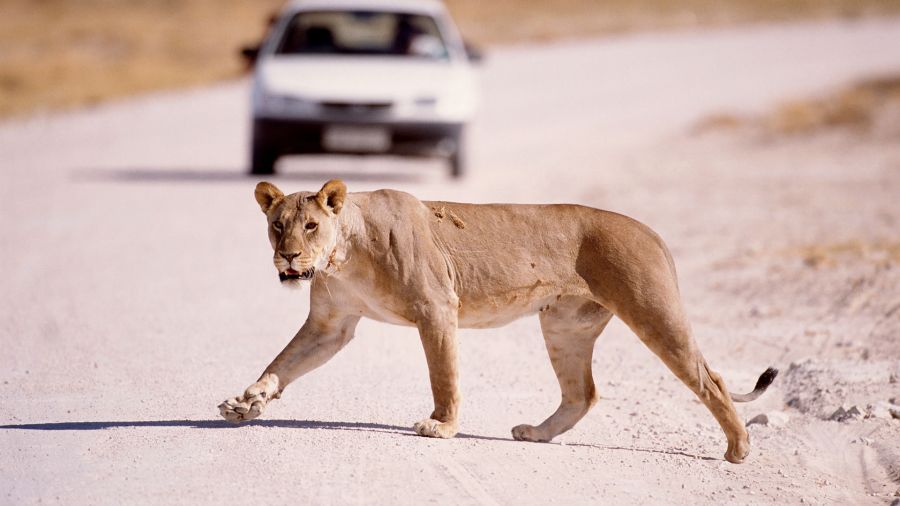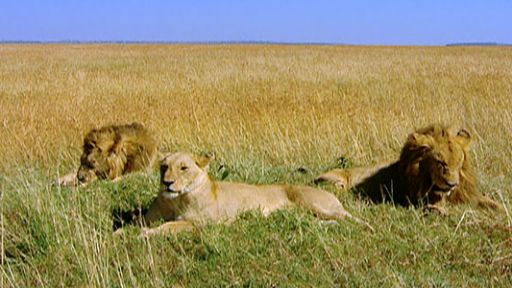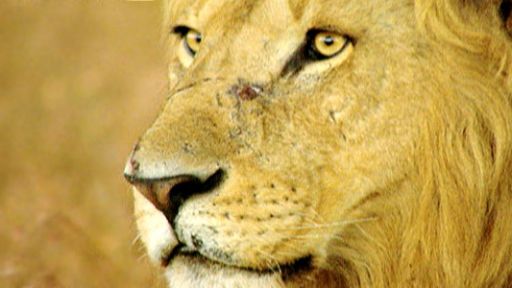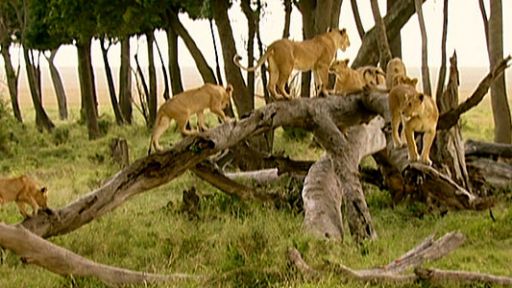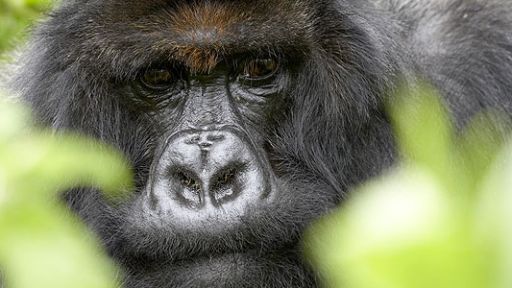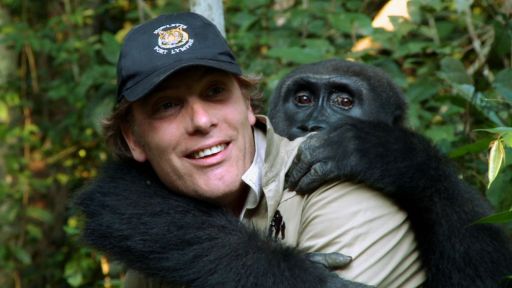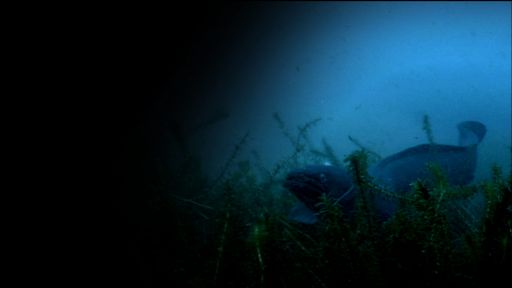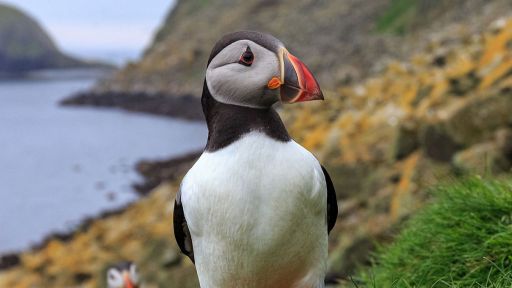Africa’s lion population appears to be declining at an alarming rate. NATURE’s The Vanishing Lions searches for explanations and solutions to the troubling trend.
Across Africa, the King of Beasts is in trouble. In the late 20th century, wildlife preserves were created to curtail safari hunting, but the African lion population continues to decline. Their numbers have dwindled from 100,000 in the early 1990s to no more than 30,000 and as few as 16,000 today. What could be endangering the King of Beasts?
In the mid-1990s a mysterious disease spread rapidly through the lion population in Tanzania and Kenya. An investigation revealed that the big cats had contracted canine distemper from jackals and hyenas that were picking it up from dogs in nearby villages. The spread of the disease was quickly halted and today lion numbers in the affected areas are back to previous levels.
If canine distemper was halted, why have lions continued to decline? An ever-expanding human population has led to competition between herders and lions for land and food. Lions living at the edge of the preserves sometimes stray from protected areas in search of easy prey. The Maasai and other ranchers will often kill them to protect their livestock and source of livelihood.
But as NATURE’s The Vanishing Lions shows, Africans are now struggling to reverse the decline. Everyone from scientists and conservationists to Maasai herders and ranchers is working together to find solutions. Travel to Kenya’s famed Serengeti Plains, the wildlife-rich Laikipia Plateau, and elsewhere in Africa as NATURE explores efforts to allow people and lions to coexist and prosper.

